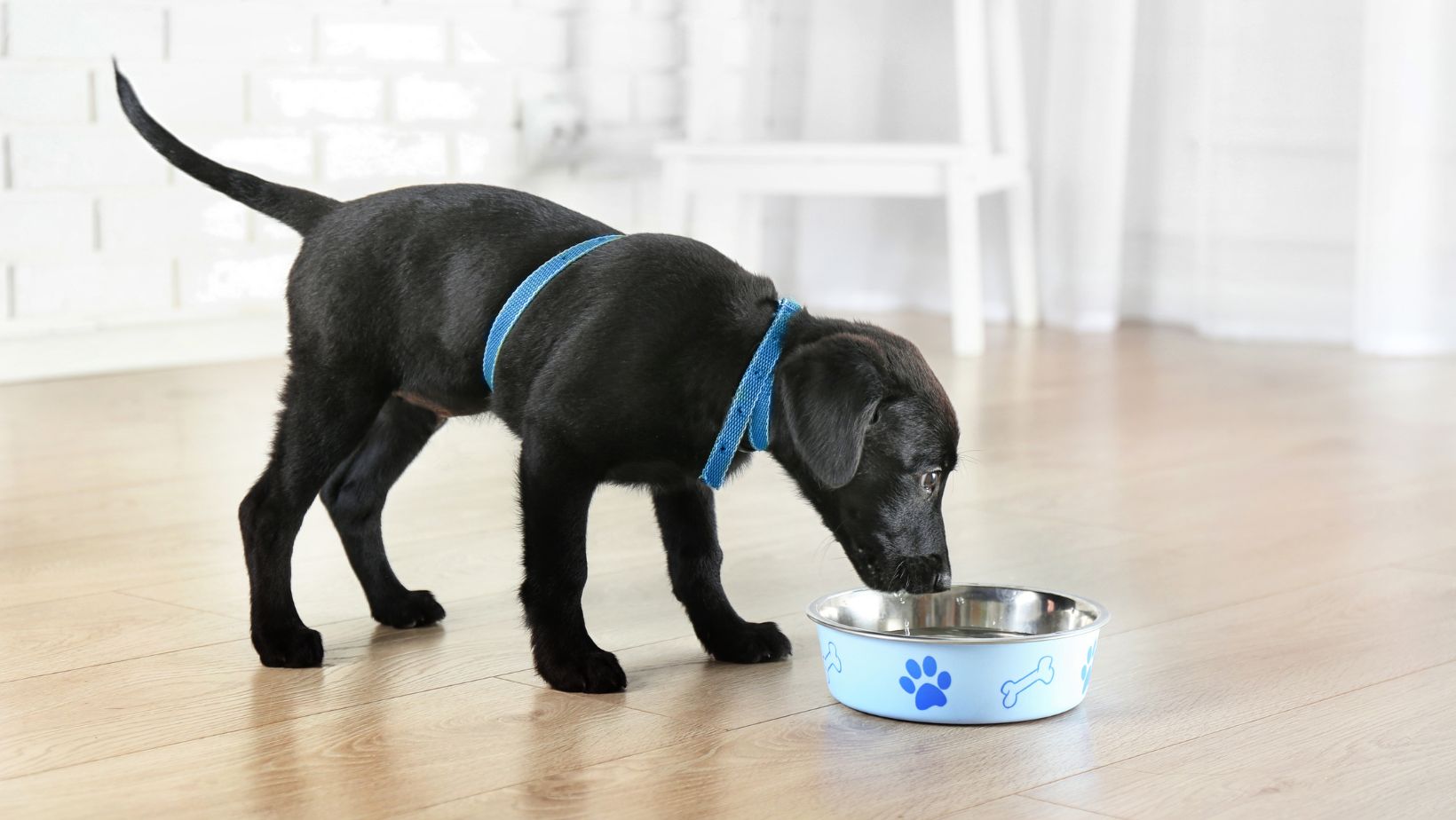How to Train Your Dog to Protect You
If you’re looking to train your Labrador to protect you, there are a few important factors to consider. Labrador Retrievers are typically known for their friendly and sociable nature, so teaching them protective behaviors may require some extra effort. However, with consistency, patience, and the right training techniques, it is possible to enhance their natural instincts and develop their abilities to protect you when needed.
The first step in training your Labrador to protect you is establishing a strong foundation of obedience training. This includes commands such as sit, stay, come, and leave it. By ensuring that your dog responds reliably to these commands, you’ll have better control over their behavior in any situation.
Next, introduce them to basic guard dog skills like alert barking on command and being vigilant of their surroundings. Use positive reinforcement techniques like treats or praise whenever they exhibit protective behaviors or respond appropriately to potential threats.
Remember that proper socialization is crucial for any dog’s development. Expose your Labrador to various people, animals, and environments from a young age so they can differentiate between normal situations and actual threats.
Understanding Your Dog’s Protective Instincts
When it comes to training your dog to protect you, it’s essential to first understand their natural instincts. Dogs, including Labradors, have a strong protective instinct that can be harnessed and channeled through proper training and guidance.
- Breed Characteristics: Labradors are known for their loyalty, intelligence, and gentle nature. However, they also possess an innate desire to protect their loved ones. This protective instinct can manifest in various ways, such as barking at strangers or positioning themselves between you and potential threats.
- Socialization: Proper socialization plays a crucial role in shaping your Labrador’s protective behavior. Exposing them to different environments, people, and situations from an early age helps them differentiate between actual threats and harmless situations. It also teaches them appropriate responses without becoming overly aggressive.
- Obedience Training: A well-trained dog is more likely to respond positively when asked to protect you or act in a protective manner. Teaching basic obedience commands like “sit,” “stay,” and “heel” establishes you as the leader and gives you better control over their actions during potentially dangerous situations.
- Positive Reinforcement: Positive reinforcement is key when training your Labrador to be protective but not aggressive. Rewarding desired behaviors with treats, praise, or playtime reinforces those actions while simultaneously building trust between you and your dog.
- Professional Guidance: For more advanced protection training techniques or if you’re unsure about certain aspects of the process, seeking professional guidance from certified trainers experienced in working with protective breeds like Labradors can be beneficial.
Remember that every dog is unique, so it’s important to tailor the training approach according to your Labrador’s personality and temperament. By understanding their natural instincts and using positive reinforcement techniques combined with proper socialization and obedience training methods, you’ll be on your way towards successfully harnessing your Labrador’s protective abilities. Establishing Leadership and Trust
